2 Types of Quantitative Research Designs
There are three main groups of Research Designs that will be explored in this chapter.
- Experimental
- Quasi-experimental
- Non-experimental
When reviewing each design, the purpose and key features of the design, advantages and disadvantages, and the most commonly used designs within the category will be reviewed.
1. Experimental Design
Purpose: Evaluate outcomes in terms of efficacy and/or cost effectiveness
Experimental design features include:
- Randomization of subjects to groups
- Manipulation of independent variable (e.g., an intervention or treatment)
- Control – the use of a control group and control measures (for controlling extraneous variables)
Advantages:
- Most appropriate for testing cause-and-effect relationships (e.g., generalizability is most likely)
- Provides the highest level of evidence (e.g., level II) for single studies
Disadvantages:
- Attrition especially control group participants or with ‘before-after’ experimental designs
- Feasibility and logistics may be an issue is certain settings (e.g., long-term care homes)
Caution: Not all research questions are amenable to experimental manipulation or randomization
Most Commonly Used Experimental Designs
- True experimental (pre-post-test) design (also referred to as Randomized Control Trials or RCTs):
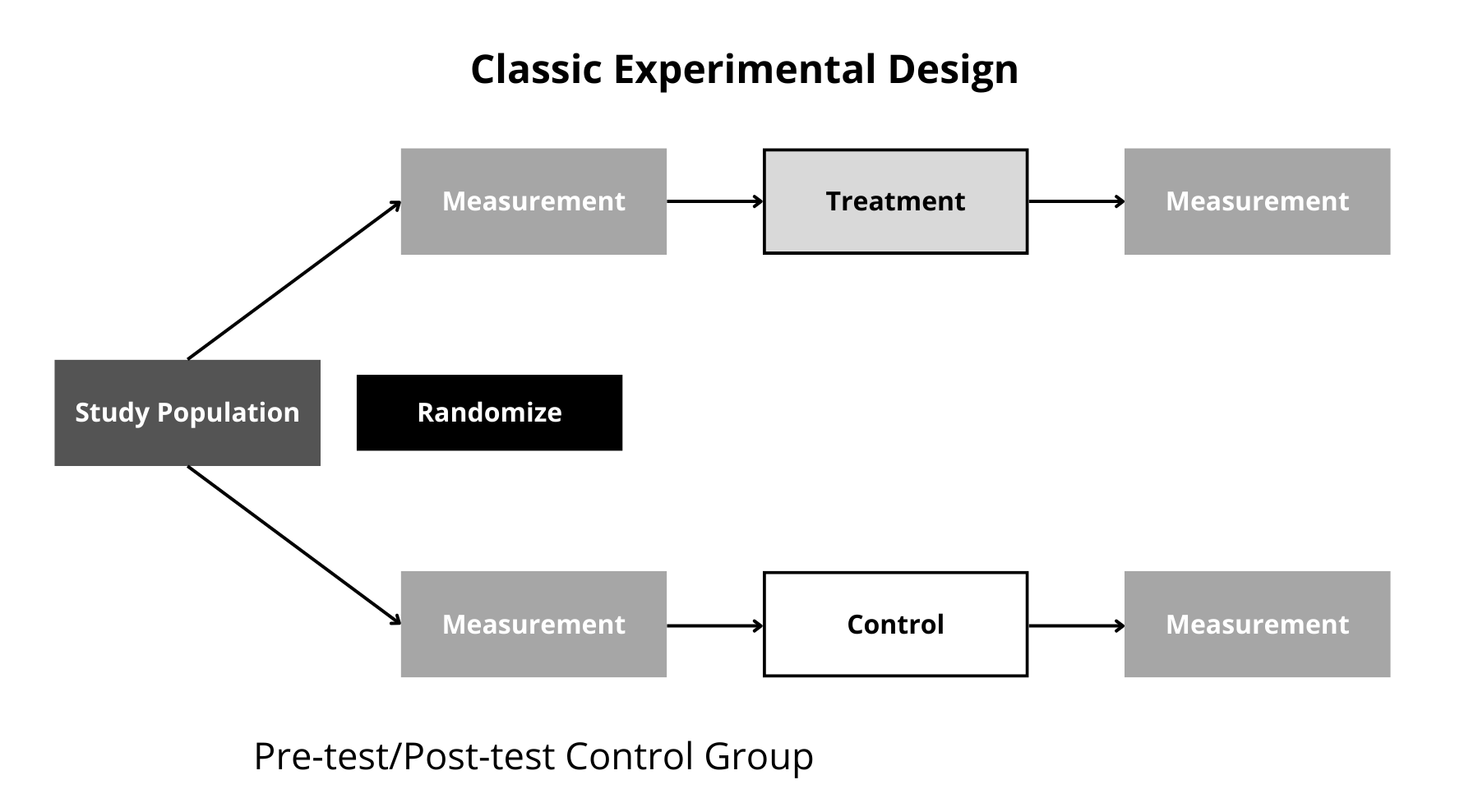
Figure 3. True experimental design (pre-post-test).
- After-only (post-test only) design:

Figure 4. After-only (post-test only) design.
- Solomon four-group design
This design is similar to the true experimental design but has an additional two groups, for a total of four groups. Two groups are experimental, while two groups are control. These “extra” groups do not receive the pre-test, allowing the researchers to evaluate the effect of the pretest on the post-test in the first two groups.
2. Quasi-Experimental Design
Purpose: Similar to experimental design, but used when not all the features of an experimental design can be met:
- Manipulation of the independent variable (e.g., an intervention or treatment)
- Experimental and control groups may not be randomly assigned (no randomization)
- There may or may not be a control group
Advantages:
- Feasibility and logistics are enhanced, particularly in clinical settings
- Offers some degree of generalizability (e.g., applicable to population of interest)
- May be more adaptable in real-world practice environments
Disadvantages:
- Generally weaker than experimental designs because groups may not be equal with respect to extraneous variable due to the lack of randomization
- As a result, cause-and-effect relationships are difficult to claim
Options for Quasi-experimental Designs include :
- Non-equivalent control group design
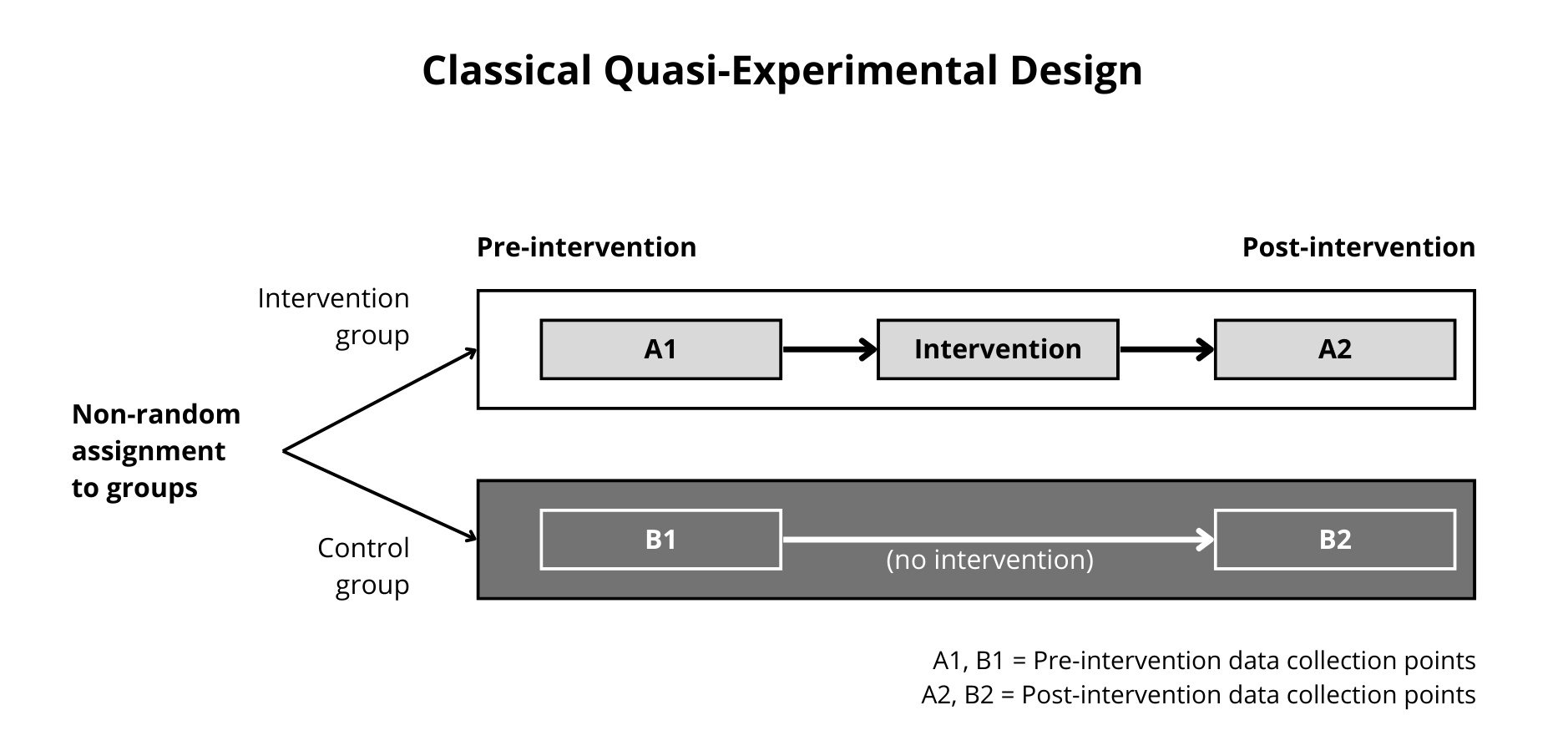
Figure 5. Classical Quasi-Experimental Design. Adapted from Knowledge for Health
- After-only control group design
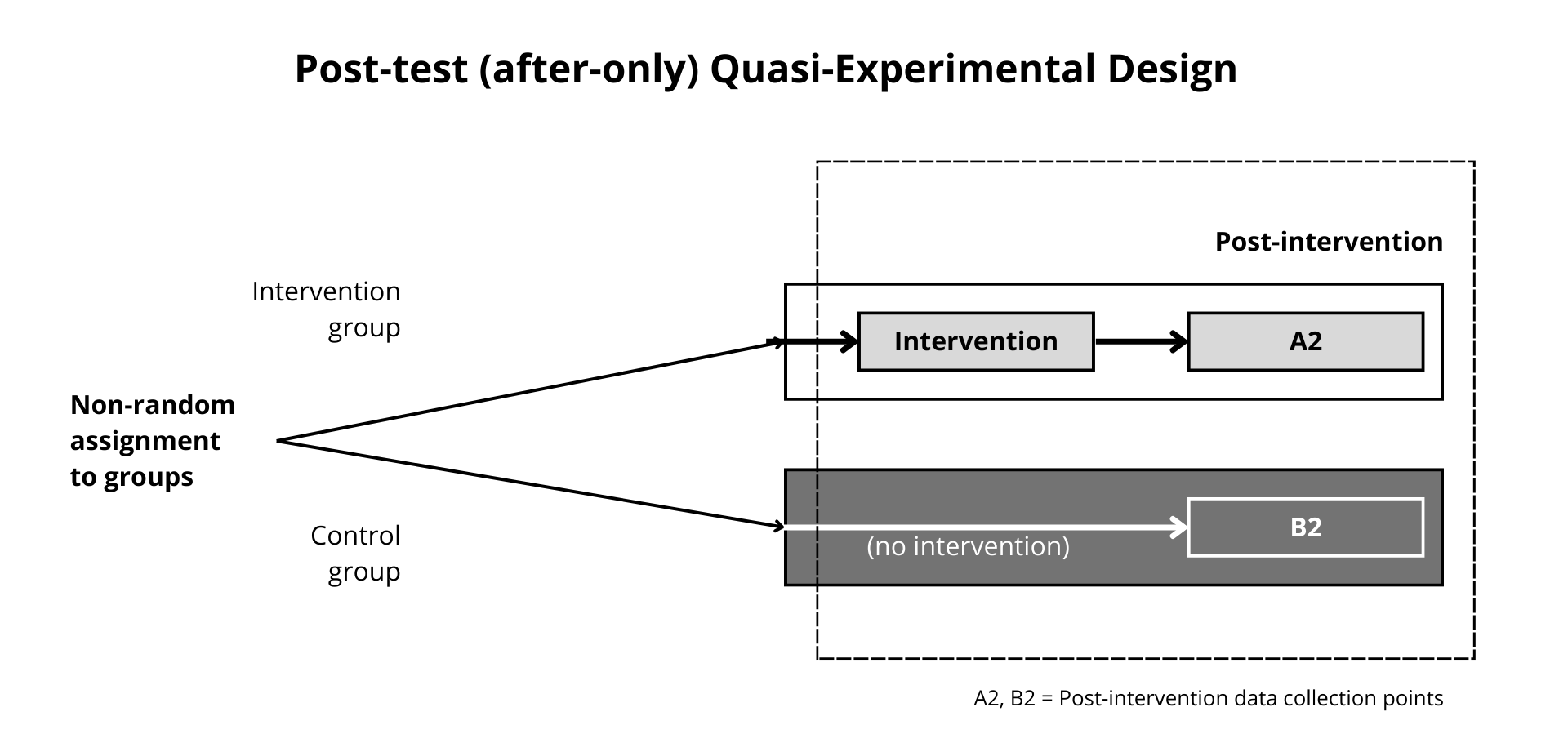
Figure 6. Post-Test Only Quasi-Experimental Design. Adapted from Knowledge for Health.
- Time-series design
Important note: The time series design is considered quasi-experimental because subjects serve as their ‘own controls’ (same group of people, compared before and after the intervention for changes over time).

Figure 7. Time-series design. Adapted from Knowledge for Health
- One group pre-test-post-design design
In this design there is no control group. The one group, considered the experimental group, is tested pre and post the intervention. The design is still considered quasi-experimental as there is manipulation of the intervention.
3. Non-experimental
Purpose: When the problem to be solved or examined is not amenable to experimentation; used when the researcher wants to:
- Study a phenomenon at one point in time or over a period of time
- Study (and measure) variables as they naturally occur
- Test relationships and differences among variables
Advantages:
- Used when the knowledge base on a phenomenon of interest is limited or when the research question is broad or exploratory in nature
- Appropriate for forecasting or making predictions
- Useful when the features of an experiment (e.g., randomization, control, and manipulation) are not appropriate or possible (e.g., ethical issues)
Disadvantages:
- Inability to claim cause-and-effect relationships
Options for Non-experimental Designs include:
- Survey studies: descriptive, exploratory, comparative
- Relationship or difference studies: Correlational, developmental
- Cross-sectional studies
- Longitudinal or Prospective studies
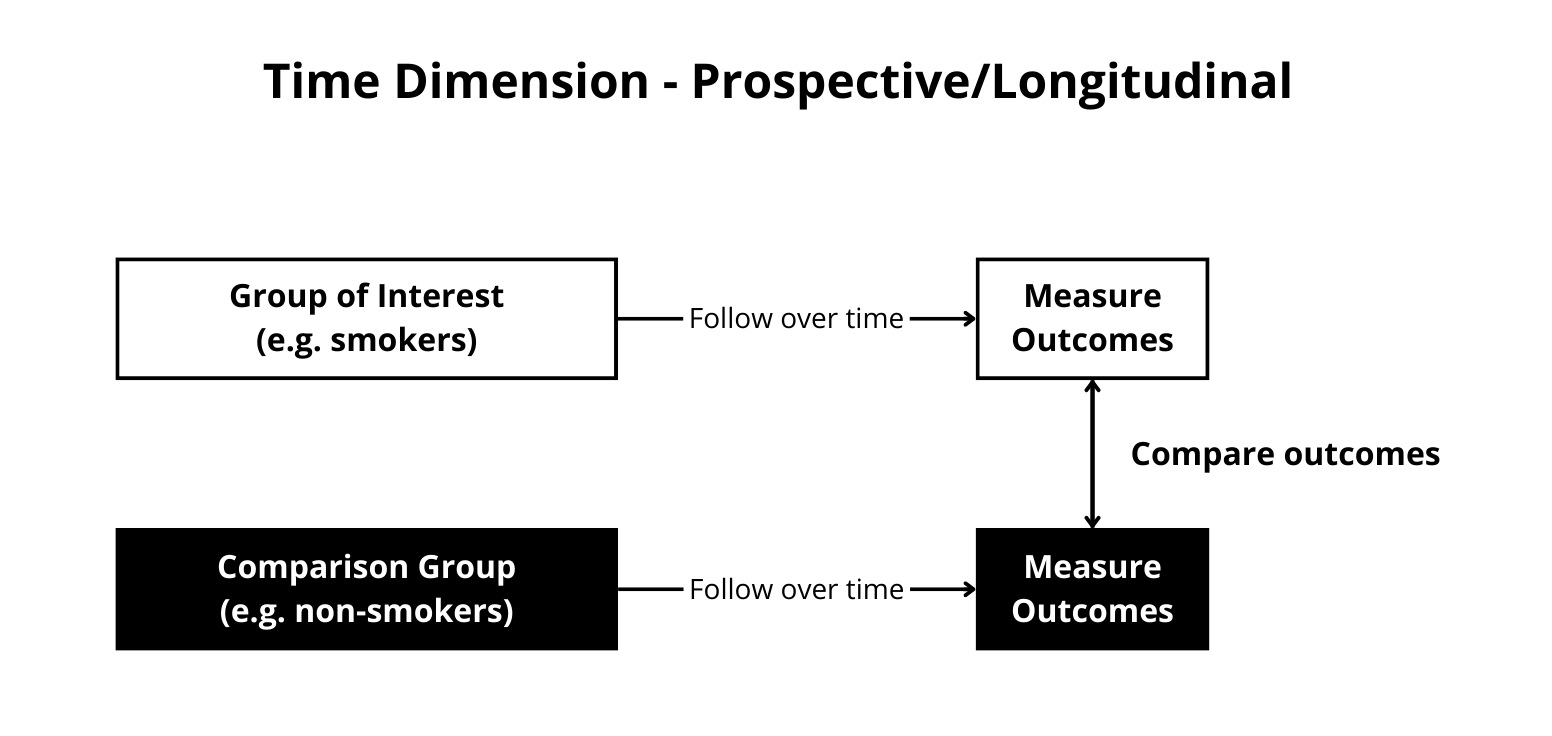
Figure 8. Longitudinal or Prospective studies.
Adapted from University of Minnesota, Driven for Discover Libraries.
- Retrospective (Ex Post Facto) studies
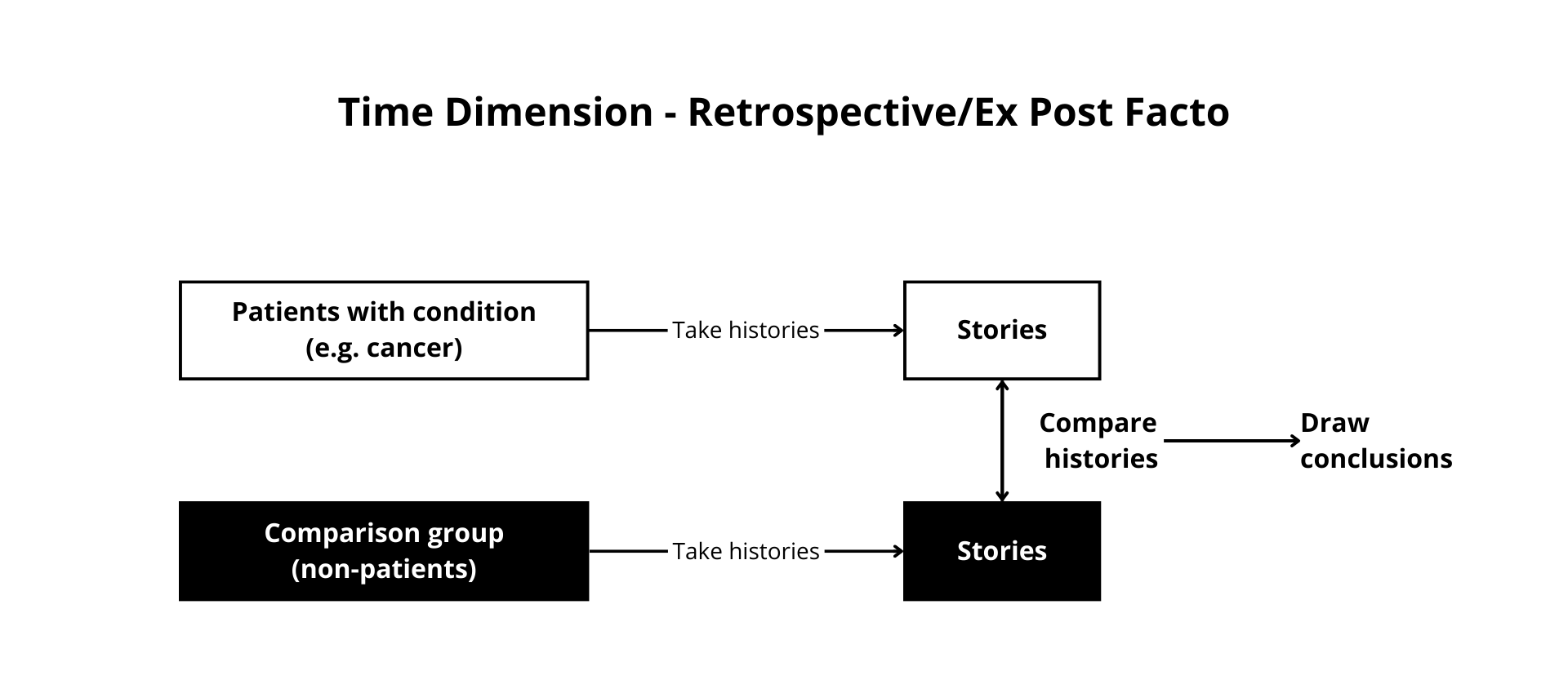 Figure 9. Retrospective (Ex Post Facto) studies.
Figure 9. Retrospective (Ex Post Facto) studies.
Adapted from University of Minnesota, Driven for Discover Libraries.
Additional terms to consider when reading research
Learners may find it difficult when reading research to identify the Research Design used. Please consult the table below for more information on terms frequently used in research.
| Terms in Design | Definitions |
| Descriptive | To accurately portray characteristics of persons, situations, groups and/or frequency of phenomena |
| Exploratory | To explore dimensions of a phenomenon or develop/redefine hypotheses about relationships between phenomena. |
| Comparative | Seeks to find relationships between independent and dependent variables after an action or event has already occurred |
| Correlational | Explores the interrelationship among variables of interest without any active intervention by the researcher |
| Ex post facto | Research conducted after variations in the independent variable have occurred naturally or “after the fact” |
| Retrospective | Begins with examination of the dependent variable in the present, then searches for presumed cause occurring in the past |
| Prospective | Begins with examination of presumed causes, then goes forward in time to observe presumed effects |
| Cross-sectional | Data collected at one point in time, immediate present |
| Longitudinal | Data collected, from the same group, at more than one point in time |
This refers to how the sample is selected. When randomization is used each participant from the desired population has an equal chance of being assigned to the experimental or control group.
These are variable that may interfere with the independent and dependent variables. Also called mediating variables.
The loss of participants from the study.

